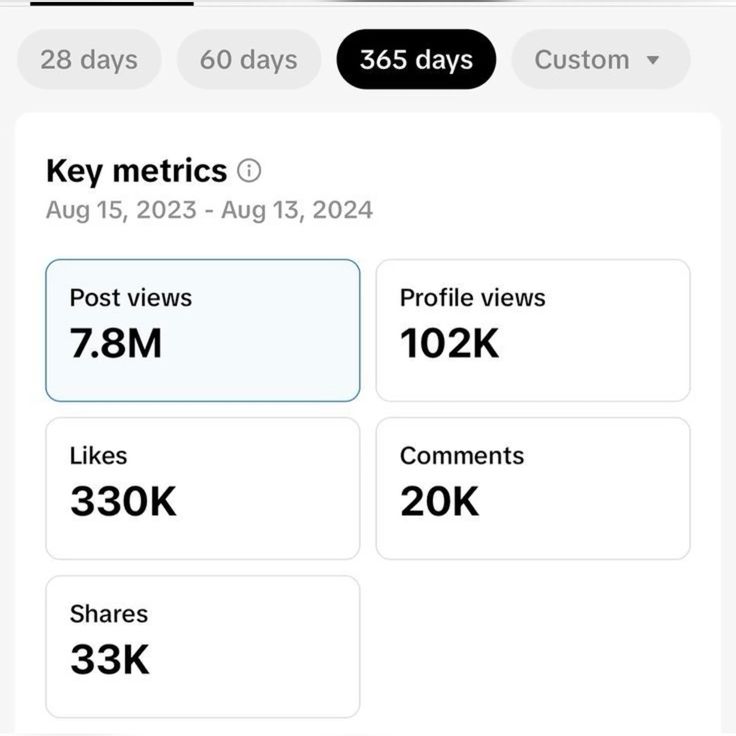
Social media has revolutionized the way we communicate and connect, offering unprecedented opportunities for social change. It’s no longer just a platform for sharing personal updates; it’s a powerful tool for raising awareness, mobilizing communities, and driving real-world impact. This post explores how to effectively harness social media for positive change.
1. Introduction: Harnessing Social Media for Positive Impact
Understanding the power of reach and engagement: Social media platforms boast billions of users, providing an unparalleled reach for messages. The interactive nature of these platforms allows for two-way communication and fosters engagement, crucial for building momentum around social causes.
Identifying key social media platforms for social change: Different platforms cater to different demographics and content formats. Understanding the strengths of each platform (e.g., Twitter for real-time updates, Instagram for visual storytelling, Facebook for community building) is essential for targeting your message effectively.
Building effective communication strategies to raise awareness: Crafting compelling narratives, using clear and concise language, and tailoring your message to the specific platform are key elements of effective communication. A well-defined strategy will ensure your message resonates with your target audience.
2. Creating Movements: From Hashtags to Real-World Action
How successful social campaigns have started online: Many impactful social movements have originated or gained significant momentum through social media. From the Arab Spring to #MeToo, these examples demonstrate the power of online mobilization.
The role of hashtags in uniting and mobilizing communities: Hashtags act as digital rallying cries, allowing users to easily find and participate in conversations related to specific social issues. They create a sense of community and shared purpose.
Transforming online support into tangible action and support: Online activism is most effective when it translates into real-world change. This can involve organizing protests, fundraising, lobbying for policy changes, or supporting relevant organizations.
3. Leveraging Influencers and Ambassadors for Advocacy
Identifying authentic voices in the sea of influencers: Not all influencers are created equal. It’s crucial to identify individuals who genuinely align with your cause and have a track record of advocating for positive change.
Collaborating with thought leaders and change-makers: Partnering with established thought leaders and change-makers can amplify your message and reach a wider audience.
Ensuring genuine advocacy through transparent partnerships: Transparency is essential for building trust. Clearly disclose any partnerships with influencers and ensure their advocacy is genuine and not solely driven by financial incentives.
4. Challenges in the Digital Age: Privacy, Security, and Credibility
Understanding privacy concerns and data security: Social media platforms collect vast amounts of user data, raising legitimate privacy concerns. It’s crucial to be mindful of these issues and advocate for responsible data handling practices.
Combating misinformation and establishing credible narratives: The spread of misinformation on social media can undermine social change efforts. It’s essential to fact-check information and promote credible narratives.
Building trust with followers through transparency: Open and honest communication is key to building trust with your followers. Be transparent about your organization’s goals, activities, and funding sources.
5. Measuring Impact: Analytics and Feedback
Essential metrics for gauging social media success: Tracking key metrics, such as reach, engagement, and website traffic, can help you assess the effectiveness of your social media campaigns.
Incorporating feedback from followers and participants: Actively solicit feedback from your audience to understand their needs and concerns. This feedback can be invaluable for improving your strategies.
Adapting strategies based on analytic insights for improved efficacy: Regularly analyze your social media data and use the insights to refine your strategies and maximize your impact. The digital landscape is constantly evolving, so adaptability is key.
Social media offers immense potential for driving social change. By understanding its power, navigating its challenges, and employing effective strategies, we can harness this powerful tool to create a more just and equitable world.

Here are some examples of South Asian women creators who are using social media for social change:
- Deepa Sharma: A Nepali American management consultant who uses TikTok to share her experiences as a South Asian woman and to raise awareness about issues facing the South Asian community.
- Eshani Patel: A dental student who uses TikTok to share her Bollywood dance choreography and to promote body positivity and self-acceptance.
- The Jikaria Sisters: A trio of sisters who create Bollywood dance videos on TikTok and Instagram, often incorporating messages of female empowerment and cultural pride.
- Queen Simba: A comedian who uses TikTok and Instagram to create funny and relatable content, often addressing issues of race, gender, and identity.
- Leeza Mangaldas: A sex-positive YouTuber and Instagram personality who creates educational content about sexuality, consent, and relationships for young Indian women.
- Moose: A socio-political activist and feminist who uses TikTok and Instagram to advocate for gender equality and the empowerment of youth in India.
- Harsharin and Simran Kaur: The co-creators of The Indian Feminist, an Instagram platform that provides a space for South Asian women to share their stories and discuss feminist issues.
These are just a few examples of the many South Asian women creators who are using social media to make a difference. They are using their platforms to raise awareness about important issues, to challenge stereotypes, and to empower others to create positive change.
No Responses